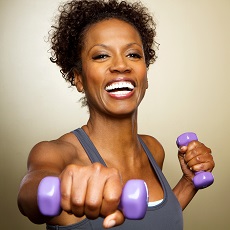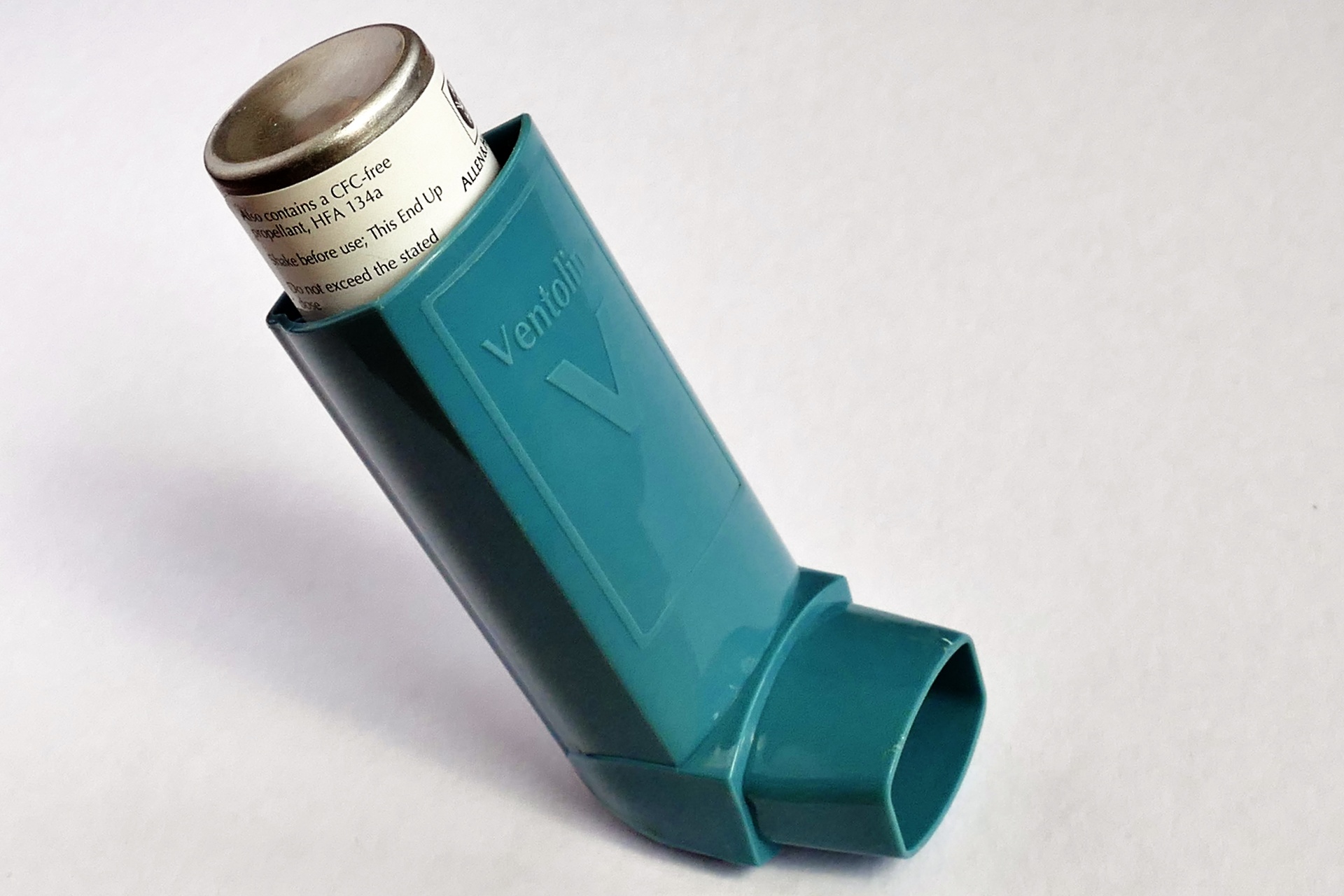
What are head lice?
Head lice are tiny wingless insects that infest the hair on your head, as well as the eyebrows and eyelashes. Tiny louse eggs called nits are tightly attached to individual hairs. Lice are easier to see in bright light and by partying the hair to see close to the scalp.
How do you know you have head lice?
Lice may make your scalp extremely itchy. You may notice small red bumps on the scalp or neck, tiny white nits on the hair close to the scalp that are difficult to remove and a crawling sensation on the head.
Are lice contagious?
Yes. Head lice are extremely contagious especially among school-aged children. Lice cannot jump or fly but are spread by direct head-to-head physical contact, sharing clothing, such as hats or bedding, and sharing combs or brushes with someone who has head lice. Having head lice does not mean you have poor cleanliness. Head lice do not carry diseases.
How is head lice treated?
Treatment for head lice is recommended for people with an active infestation. All household members and other close contacts should be checked. Anyone who has an active infestation should be treated. All infested people and their bedmates should be treated at the same time.
Over-the-counter lotions and shampoos that contain pyrethrin—a common synthetic chemical used as an insecticide—or one-percent permethrin are often the first choice. The package directions should be followed exactly. These products may continue to kill lice for two weeks after treatment; many clinicians recommend a second treatment seven to nine days after the first.
Side effects of permethrin may include burning or stinging, itching, red skin, or numbness. Prescription-strength five-percent permethrin, malathion lotion, or benzyl alcohol lotion may be needed. Lice are becoming resistant to permethrin, so the other medications may be used.
Is there any natural remedy used to remove head lice?
There is no clear scientific evidence that lice can be suffocated by home remedies, such as mayonnaise or olive oil, but they may be suffocated by Cetaphil cleanser. Tea tree oil is another helpful natural remedy.
It is very important that the nits are removed. This can be difficult because they cling tightly to the hair. Special nit combs are available at drugstores. You should do a second combing seven to 10 days after the first. Nits may live for two weeks.
How to prevent head lice?
Children should be cautioned not to share hats, combs, or brushes with others.
Hats, scarves, coats, and bedding should be washed in hot water and dried in a hot dryer for at least 20 minutes.
Combs and brushes should be washed and the room of the infected person should be vacuumed.
You also should not use kerosene or gasoline for head lice; they are dangerous and flammable.










